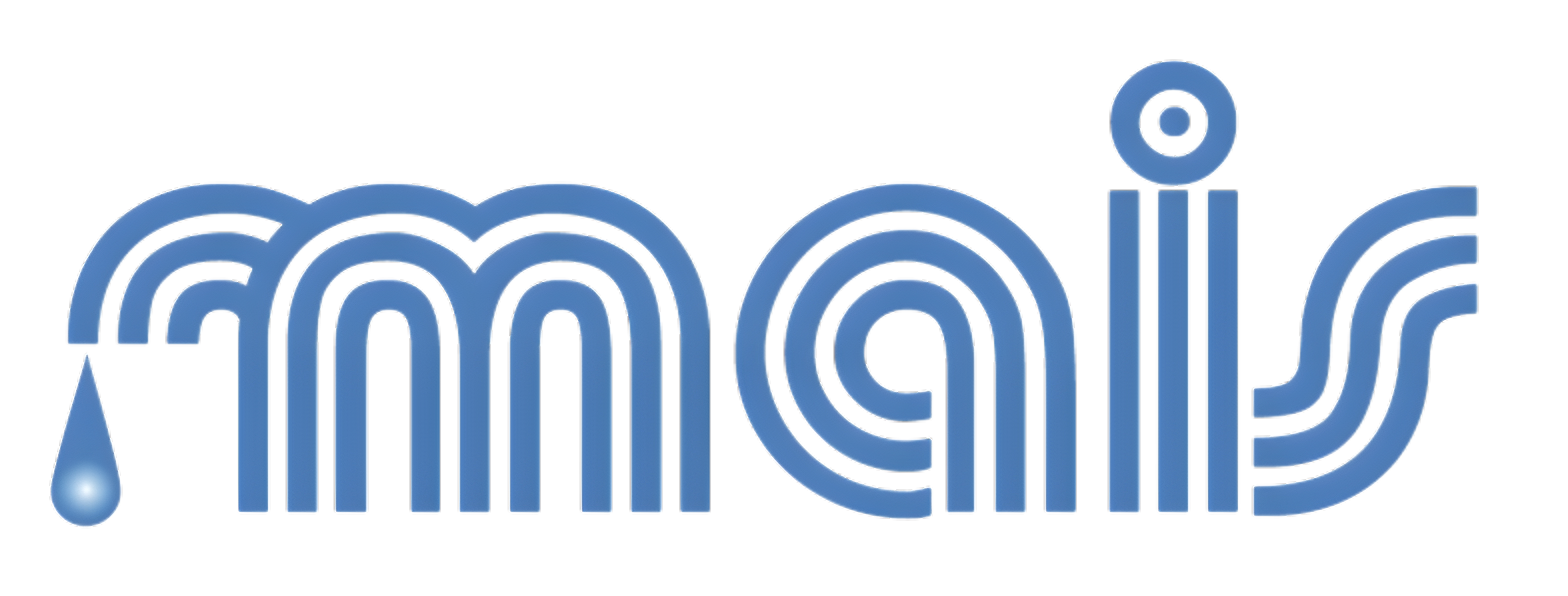Standard Operating Procedure (SOP) for Pipes
1. Purpose
To define a systematic method for conducting final quality inspections on pipes produced in-house, ensuring they meet all technical and quality standards before packing and dispatch.
2. Scope
Applies to all types and sizes of plastic pipes manufactured in the factory, including:
- High-Density Polyethylene (HDPE) Pipes
- Polyvinyl Chloride (PVC) Pipes
- Low-Density Polyethylene (LDPE) Pipes
- Any custom pipe variants
3. Responsibilities
- QC Inspector: Conducts inspections and records results.
- Production Supervisor: Coordinates corrective actions for rejected batches.
- QA Manager: Oversees quality trends and approves rework/disposal of defects.
4. Required Tools & Equipment
- Vernier calipers / micrometer
- Ultrasonic thickness gauge (if available)
- Measuring tape
- Surface inspection light
- Pressure test equipment (for pressure-rated pipes)
- Roundness gauge (if available)
- QC checklist/form
5. Final Inspection Procedure
5.1 Sampling Plan
- Use AQL sampling or inspect a fixed percentage (e.g., 5–10% of batch size).
- Randomly pick samples from the lot after cooling but before packaging.
5.2 Inspection Parameters
| Checkpoint | Criteria |
| Outer Diameter (OD) | Must match design specification within ± tolerance |
| Wall Thickness | Within allowable tolerance; measured at multiple points |
| Length | Should meet the standard (e.g., 6m ± 5mm or as per customer requirement) |
| Roundness | Pipe should be uniformly round; no ovality beyond tolerance |
| Surface Finish | Smooth, clean, free from bubbles, cracks, black specs, or deformities |
| Straightness | Pipe should be visually straight with no major bending |
| Color Uniformity | Even coloring with no discoloration |
| Marking/Printing | Correct brand, size, batch number, and standard (e.g., ISO, ASTM) |
| Pressure Test | Must withstand test pressure for specified duration (if applicable) |
5.3 Documentation & Tagging
- Record inspection results in the Final Inspection Report.
- Tag approved pipes as “QC Passed”.
- Tag rejected pipes with “QC Rejected” or “QC Hold”.
6. Defect Handling
- Segregate defective pipes in a designated area.
- Log details in the Non-Conformance Report.
- Review for possible rework or scrap based on defect type.
- CAPA (Corrective and Preventive Action) process must be initiated if defects are frequent.
7. Documentation to Maintain
- Final Pipe Inspection Checklist
- Batch Production Record
- Non-Conformance Report
- CAPA Log (if applicable)
- Daily QC Summary Sheet
8. Safety Precautions
- Use gloves and safety shoes while handling large or heavy pipes.
- Use proper lifting tools to avoid injury during pipe inspection.
- Ensure pressure tests are conducted with safety barriers in place.
9. References
- Product Specification Sheets
- Pipe Manufacturing Standards (e.g., ISO, ASTM, SASO)
- Company Quality Manual
Approvals:
Approved By: [Factory Manager]] | Date: [DD/MM/YYYY]
Approved By: [Production Manager] | Date: [DD/MM/YYYY]
Prepared By: [Name/Title] | Date: [DD/MM/YYYY]

